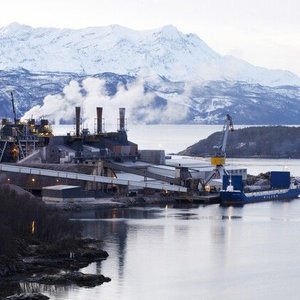International prices for agricultural commodities continued to decline in April and abundant inventories are poised to offset any pressure from the slight reduction in global harvests expected this year.
Worldwide cereal production will likely decline by 1.5 percent from last year\'s record-breaking output, mainly due to reduced acreage planted with maize, but the impact will be cushioned by \"exceptionally high\" levels of existing stocks, according to the latest forecasts in FAO\'s biannual Food Outlook report published this week.
FAO\'s first forecast for global cereal production in 2015, assuming normal weather conditions for the remainder of the season, amounts to 2.509 billion tonnes, a bit down from last year\'s record but nearly 5 percent above the average of the past five years.
The modest decline in output would require running inventories down by around 3 percent in the new season (2015/16), with faster drawdowns for coarse grains and rice than for wheat.
Commodity market trends and outlook
Several years of solid harvests and stockpiling mean most basic food commodities are in surplus. As a result, the projected drop in cereals output is not expected to impact availability of food for consumption.
Bumper soybean crops will drive a strong 5.7 percent increase in total oil-crop production in 2014/15 season. That, coupled with sliding prices linked to more tepid demand from the biofuels sector and surging inventories, may lead to reduced output in the coming season, according to FAO.
Fish is increasingly popular in the global diet, buoyed by fast growth in the aquaculture sector, which is expected to expand by five percent in the year ahead. Wild fish catch is also expected to rebound after last year\'s shortfall inked to the El Nino weather complex. That recovery will foster rapid growth in the usage of wild fish catches as feed for aquaculture.
Food Outlook also includes a special feature focusing on price volatility, highlighting a need to investigate whether volatility has returned to normal or not.







